Future-Proof Interiors: Designing Homes for the Next Decade
Interior design is no longer just about style—it’s about creating spaces that can adapt, evolve, and remain functional for years to come. As our lives change, so do our homes, and the key to modern design is flexibility.
1. Flexible Spaces Are the New Essential
The way we live is changing. Homes now double as workspaces, gyms, and creative studios.
To keep up:
-
Use modular or movable furniture that can be rearranged
-
Incorporate sliding panels or shelving to divide space without walls
-
Design rooms that can serve multiple purposes
A guest room today can be a home office tomorrow.
2. Choose Timeless Foundations
Big-ticket items like flooring, built-in cabinetry, and sofas should be classic and neutral. This gives you:
-
A base that doesn’t date quickly
-
Freedom to refresh your style with smaller decor pieces
-
Less frequent need for major renovations
3. Tech-Smart Interiors
Technology is seamlessly blending into interiors:
-
Smart lighting systems that adjust color and brightness throughout the day
-
Built-in charging stations and wireless charging tables
-
Hidden speakers and integrated home assistants
Design now accounts for tech without making it the centerpiece.
4. Sustainable Design Choices
The next decade will prioritize eco-conscious interiors:
-
Reclaimed wood and recycled materials
-
Low-VOC paints for healthier air
-
Vintage furniture instead of fast furniture
Sustainability adds depth and longevity to design.
5. Invest in Quality Over Quantity
As we move away from disposable trends, durable, well-crafted pieces become more important.
A solid oak table or handmade ceramic vase will outlast a dozen cheaper alternatives—and age beautifully.
6. Think About Emotional Impact
Future-proofing isn’t only practical; it’s emotional.
Design with:
-
Natural light to uplift mood
-
Soothing colors to reduce stress
-
Personal touches that keep the home feeling warm and unique
7. Create Storage That Adapts
From hidden storage benches to custom cabinetry, storage solutions should grow with your needs:
-
Floor-to-ceiling shelving for flexible use
-
Built-in closets with adjustable sections
-
Furniture that doubles as storage
Final Thoughts
A future-proof home is versatile, sustainable, and deeply personal. It’s designed to grow with you, not constrain you. By combining adaptability with timeless design, your interiors can stay relevant and welcoming well into the next decade.



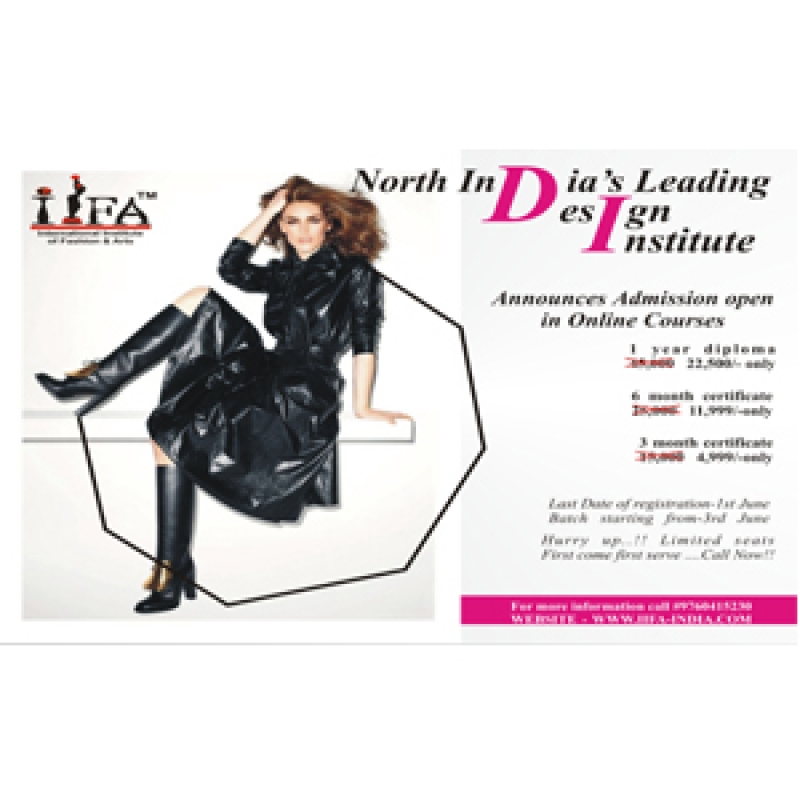


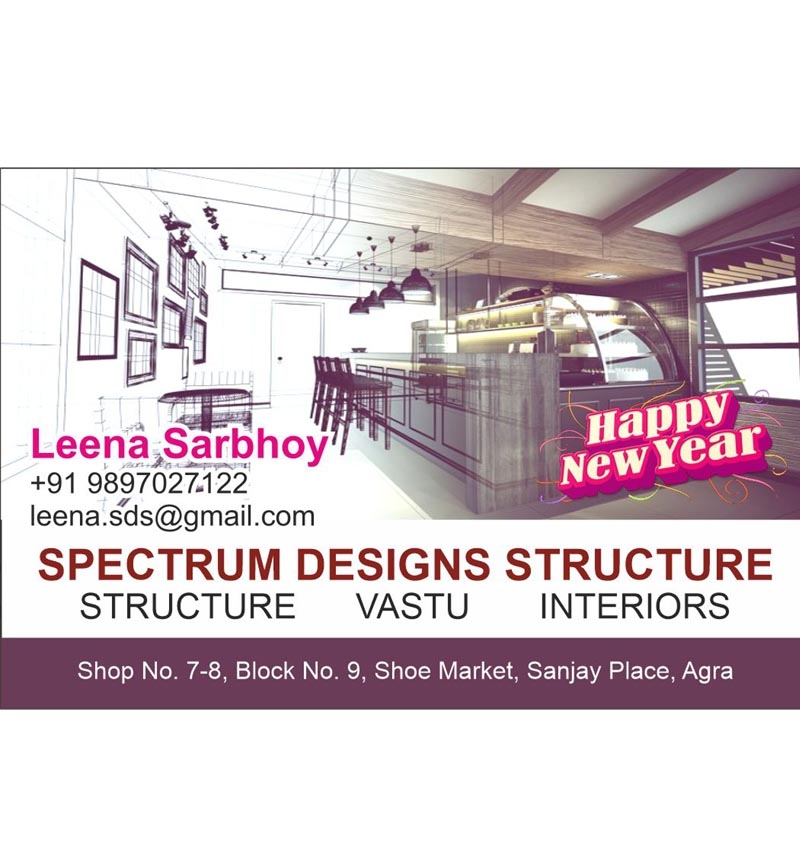
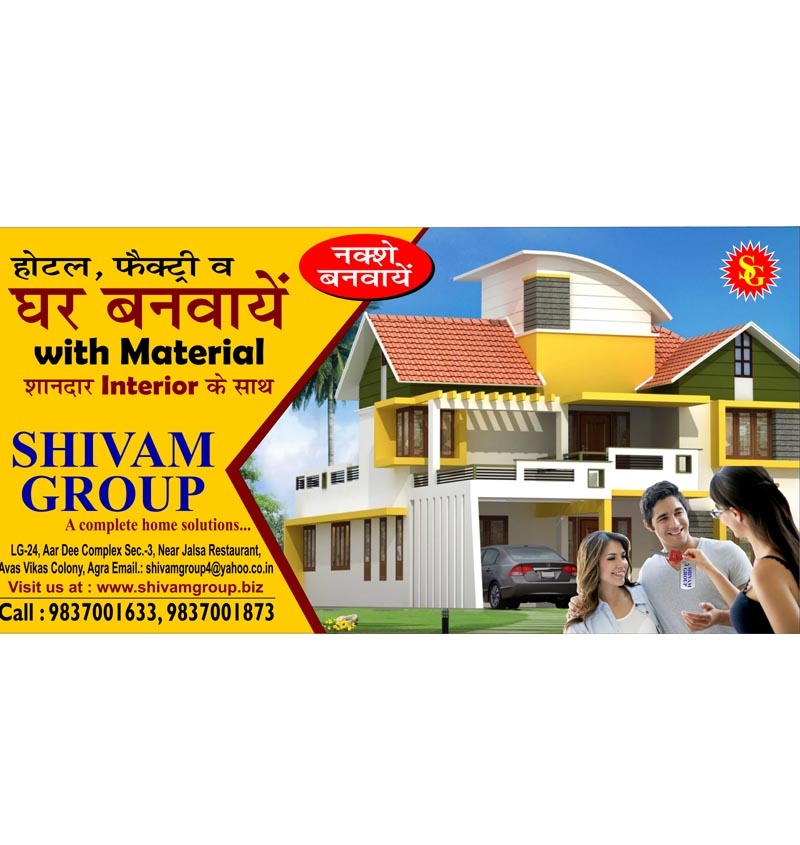

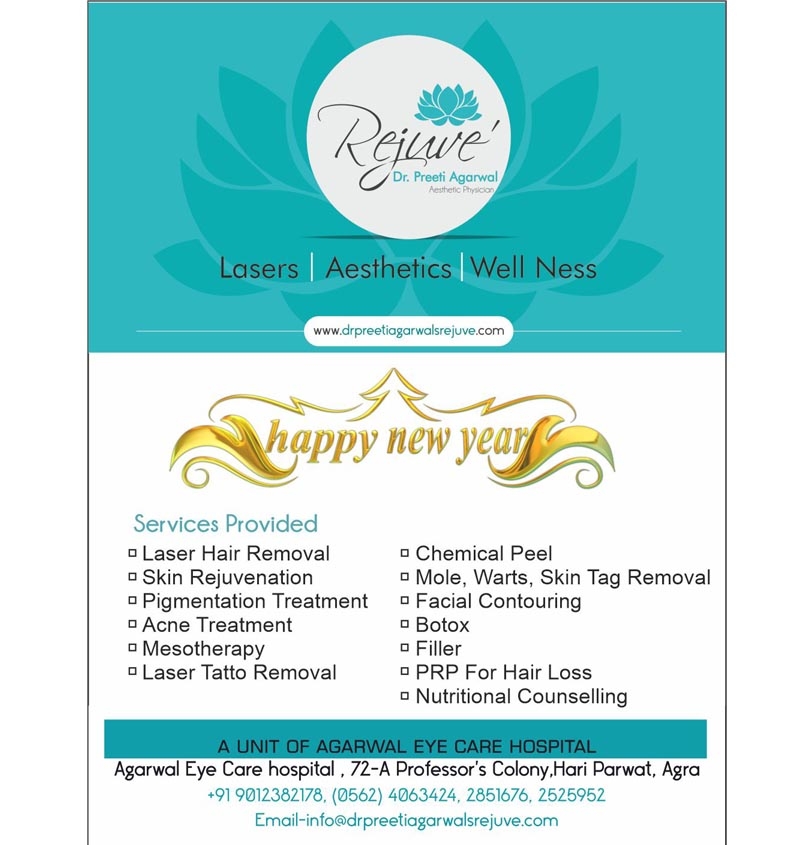





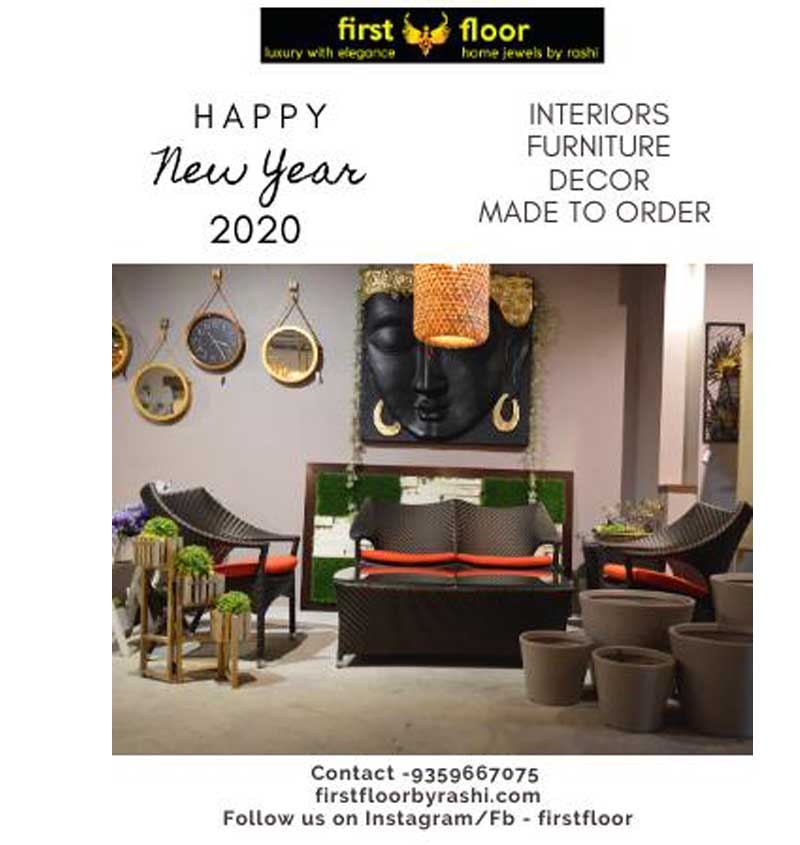



Your Message